I want to help you build a sustainable, profitable handmade business that makes you consistent income and sales. I only ever teach or recommend marketing, social media, pricing, production and branding tips that I’ve personally used successfully in my own 7-figure handmade businesses.
I'm Mei, from Los Angeles!
Read More
Popular Posts You'll Love
Looking for something?
Categories
starting a business
get more traffic
running a business
make more sales
branding
growing a business
mindset & productivity
podcasts
pricing & money
product photography
reviews
selling on etsy
selling on amazon
social media
selling wholesale
- Facebook0
- Twitter11
- Pinterest75
- 86shares
If you’re a handmade business that’s struggling to get your Instagram content seen, then read this post! Today, I’m breaking down the Instagram algorithm, how it affects your posts, and my top 4 tips for making the algorithm work for you!
What is an Algorithm?
I know “algorithm” sounds like a scary word, but it’s actually something that we need.
Basically, an algorithm makes sure we don’t get completely overwhelmed as users.
I follow a couple thousand people on Instagram. If I saw every post from every one of those people, my mind would explode!
So what Instagram does, along with most social media platforms, is screen the posts so that the user is seeing more of what they want.
The algorithms are always changing and we can’t possibly know everything about them, but the basics have been the same from the beginning.
When a user shows interest in content, the algorithm takes note of it. Its goal is to show that user more of that kind of content.
Instagram can’t tell if you’re uploading a photo of a dog or your house or something in Germany, all it can do is use the information that you put in. What kind of information is that?
- Who the post was from.
- Where the post was tagged using location tags.
- What hashtags are being used
It’s using all of that information to figure out what you like seeing as a user. So, if I like a post from Stacey then Instagram knows to show me more posts from Stacey in the future as opposed to another user where I haven’t liked their post. Or if I like a post from the hashtag #makersgonnamake, then Instagram knows to show me more content from that hashtag instead of #meetthemaker.
It’s taking notes on the stuff that you like and the stuff you comment on. It also looks at how long you spend looking at an image, even if you don’t like it or comment on it.
When you find yourself saying, “I never even liked any of these posts and they keep showing up.” It’s probably because you spent longer lingering on those posts.
It’s important as a business owner to use hashtags, location types, and anything that helps tell the algorithm what you’re posting about so the information can be shown to more users.
Ultimately, they want users to be happy because happy users stay on the platform for longer. As business owners, we just have to make sure our content is in that mix.
What Does the Algorithm Mean for Me?
The million-dollar questions is what does the algorithm mean for your business? This is where it gets tricky.
The algorithm is tailored to help normal people use the app and be satisfied while using it on a daily basis. It’s not really targeted at helping business owners promote our products. To be honest, it’s not happy at all when we promote our products.
What Instagram would love is for you to be buying ads so it can make money off of you!
So to get around this, we need to do our best to engage with Instagram like a normal person and have users liking our stuff and commenting with us as if we’re their friends.
We want to be using engagement based marketing, which means that the users engage with our brand like we’re just another person.
Here’s an example of how it works.
Think about a grandma liking a photo of her grandkids. The algorithm is going to show her every single photo that her daughter posts and the grandma’s going to like them every single time. Then Instagram’s going to take that information and make the connection that these two people have a friendly relationship towards one another.
We want to be so engaging and so captivating that we’re providing that kind of content for our audience. That’s the goal.
So how do we do that?
1. Post Engaging Content
I know that doesn’t sound groundbreaking, but it’s true.
As handmade businesses, we need to be posting content that our audience finds interesting.
This is going to depend on who your audience is. Remember that you need to be posting content that your audience likes, not necessarily the content that someone else’s audience likes.
Use your Instagram insights to evaluate which posts are getting the most likes and comments, then post more of that content.
If you find that a certain category of posts, for example quotes or work-in-progress photos, aren’t getting the same amount of engagement, then pull back on how many of those you post.
One way in which this plays out really easily for most of us is lifestyle photos. These tend to be a lot more engaging than white background photos. They’re showing an item in action, it doesn’t feel like the user is being promoted to for a sale. It’s more authentic.
Having said that, do your own testing.
My jewelry business photos on a white background, or in my hands do better than photos of my jewelry on models. This is because my jewelry is so small and the details are what makes my jewelry fun for other people. That detail gets lost when it’s not a close-up shot of my product.
2. Use Hashtags that are Relevant & Perfectly Sized
There’s two parts to that. The first is relevance to your ideal customer.
You may have read that using the hashtag #picoftheday is what all the cool kids are doing, but if that isn’t specifically attracting your ideal customer, then it’s completely useless to you.
You are most successful when using hashtags that put your products in front of your ideal customers that you know will enjoy your posts and products.
As far as size goes, it’s best to not use hashtags that are huge like #fashionista or something that millions of posts to it.
You also don’t want to use something that’s itty bitty, like #Meiloveshiking. No one is searching for that.
My rule of thumb is in the five to six digits.
There’s no real perfect number, it’s all relative. It depends on your niche and if you can compete in larger hashtags.
Generally speaking something that’s in the tens of thousands, maybe the low hundreds of thousands of posts, are great hashtags to be using.
To find out how many posts are using a particular hashtag, search the hashtag in Instagram.
These midsize hashtags are the ones where your post has two important features.
- It’s likely to be seen because there are people searching for it.
- It’s not so big that your post is going to get completely lost.
These hashtags are also places where you will have a good probability of becoming one of the top posts, and that’s a goal you should have.
Especially if the hashtag you got top posts for is not so competitive. That means you’ll hang around there for a while. That’s one great way people will find you and you’ll get more followers.
3. Find a Core Set of Hashtags
For example, say my account is about a day in the life of Mei. In the morning I post about my breakfast and in the afternoon I post about my new running shoes. After dinner I post about this hockey game I liked watching. Along the way I researched the hashtags for breakfast and used all the right cereal hashtags. Same for lunch and dinner.
What’s Instagram going to think about my account?
The truth is, Instagram’s not going to love my account because I’m not the best running shoe, the best cereal, or the best hockey account.
It looks like I’m just posting random photos. Because of that, I can’t compete with someone who posts only about running shoes, or only about hockey.
So my account has no direction.
I see people with their businesses doing this. It’s not as obvious looking as this, but here’s how it looks for a lot of businesses.
Say you make jewelry and one day you post about a big statement piece. You use the hashtags #statementpiece, #acrylicrainbow, and #bird, because it has a bird on it. All of these hashtags are really about that one piece of jewelry. Then the next day you’re posting about this blue dog necklace that you made. You use #bluedog, #corgis, and all of these related hashtags to that necklace.
From Instagram’s perspective, that looks the same as the cereal, hockey, running shoe example. It doesn’t know that all these things are jewelry or necklaces from your handmade necklace shop. You have to tell it because it can’t see the photo.
It doesn’t know that all of these things are something that a cool mid-twenties person in an urban environment would want to wear.
It can’t tell unless you explicitly tell it that’s what it is.
What I like to do is identify a core group of hashtags that you’re always using. This is where you may want to use the bigger hashtags.
Make a core set of hashtags, 10, 15, 20 of those that you use on a lot of your posts. Rotating them in and out from time to time. You don’t want to look like your account is all over the place.
I have a core set of hashtags for each of my accounts and they’re all different.
I like to save them in my Instagram scheduling app Later or Planoly, whatever you’re using to organize your posts.
4. Go Out and Engage
Instagram is tracking everything about you and every action you take on their app. It knows how often you log on and can tell how much time you spend on the app.
We don’t know 100% how it all feeds into the algorithm and what actions and behaviors have what weight, but we do know that it counts.
So if you just schedule some posts, set it up, never look again, it can tell. This will affect how the algorithm ranks your posts. So log in and engage with people.
This engagement is the way people know you exist!
If you had a store and you didn’t put up a sign, go out and say hi to people, or you never told anyone about it, how would they know about you?
By going onto your Instagram and leaving comments or liking posts, not only is that introducing yourself to your neighborhood, but It’s also getting people to take notice of you and wonder who you are.
This might lead them to click on your feed, notice that you have really great pictures, and then start to follow you.
The more that you can behave like a real person, who’s chit-chatting with another person or liking content, the more favorably the algorithm will treat you.
Instagram’s ideal fantasy is that you’re on for six hours a day. Now, I don’t recommend that because that’s not an efficient use of any of our time, but If you can spend five or ten minutes when you’re already on just liking posts or leaving a few comments on relevant posts, then this is good engagement for your brand.
I hope you’ve enjoyed those few tips about how you as a business can crush Instagram and make some sales for your shop.
If you enjoyed this post or have any questions, leave a comment below. Don’t forget to check out my YouTube channel for more tips and inside secrets!
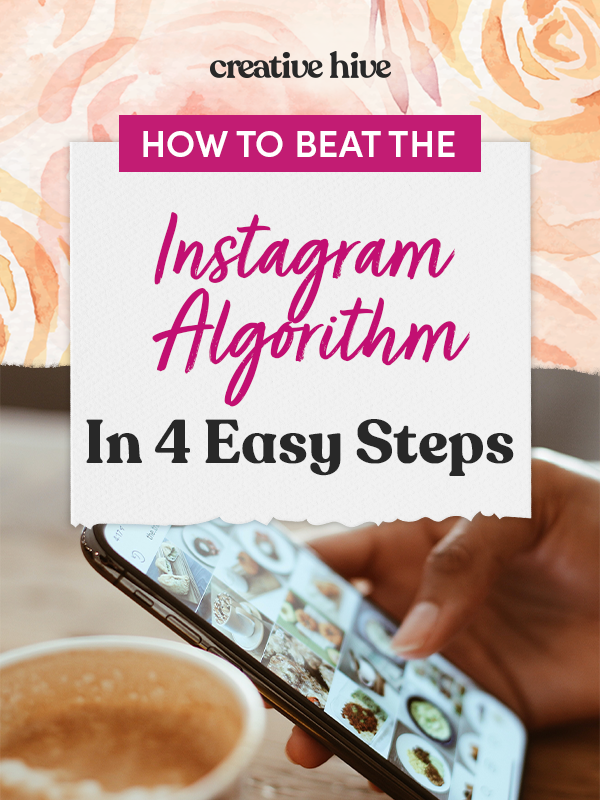
Leave a Comment
Liked this article? Share it!
Unlock a Profitable Handmade Business
in Just 12 Weeks Without Using Etsy
or Social Media
FREE WORKSHOP
This workshop is for anyone who makes and sells a handmade or physical product, including jewelry designers, artists, paper designers, bath & body product makers and more!
What You'll Discover
The #1 mistake people make with Etsy & social media that causes shops to FLOP
The secret to making it with your handmade shop so it's no longer just a hobby
How to make sales in your handmade shop with ease so you can finally get to 6-figures
TAKE ME THERE
Your email address will not be published. Required fields are marked *
Leave a Reply Cancel reply
About
Blog
A Sale A Day
Student Login
Free Class
Contact
Terms
Become A Student
Watch On YouTube
Student Reviews
See My Handmade Shop!
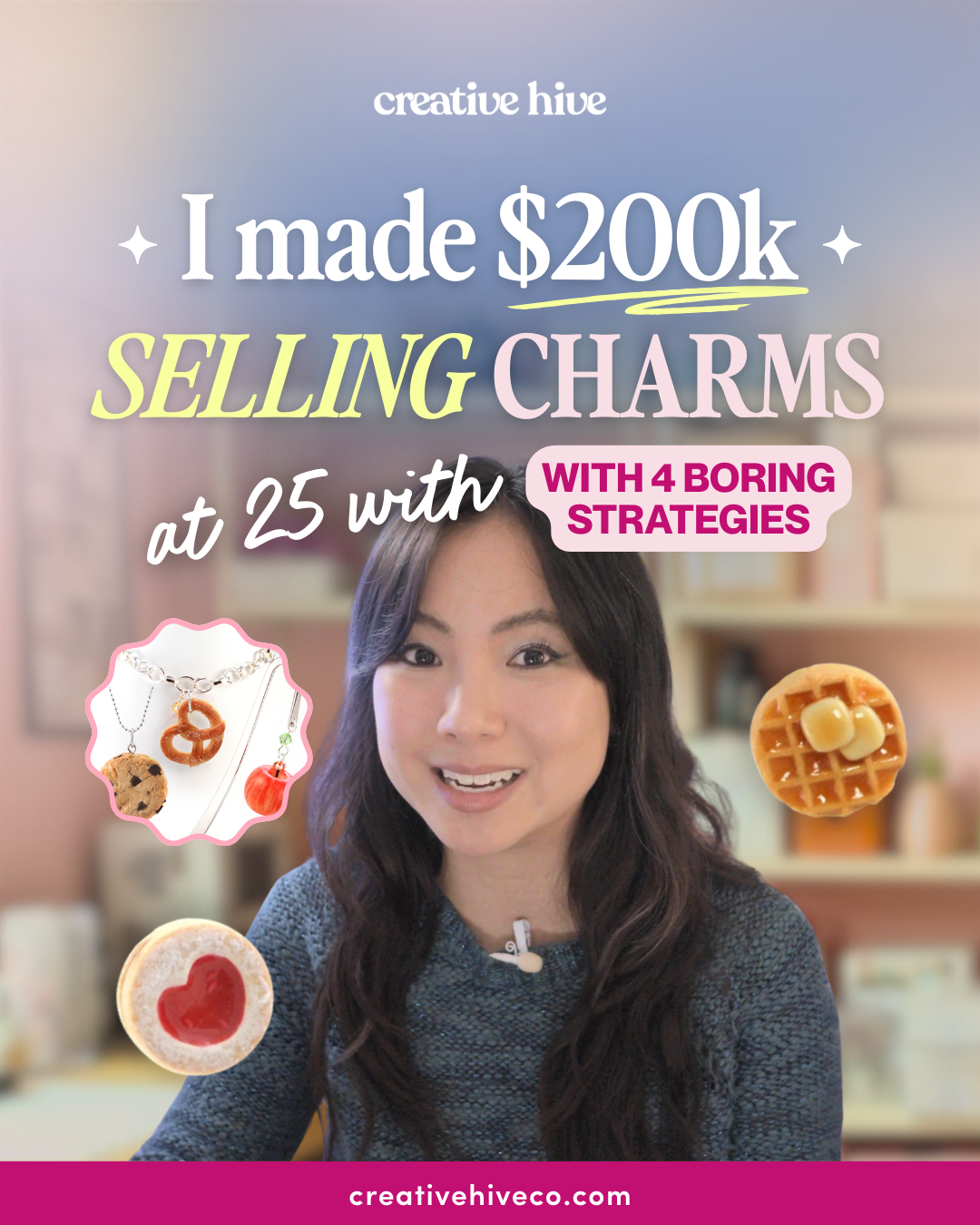
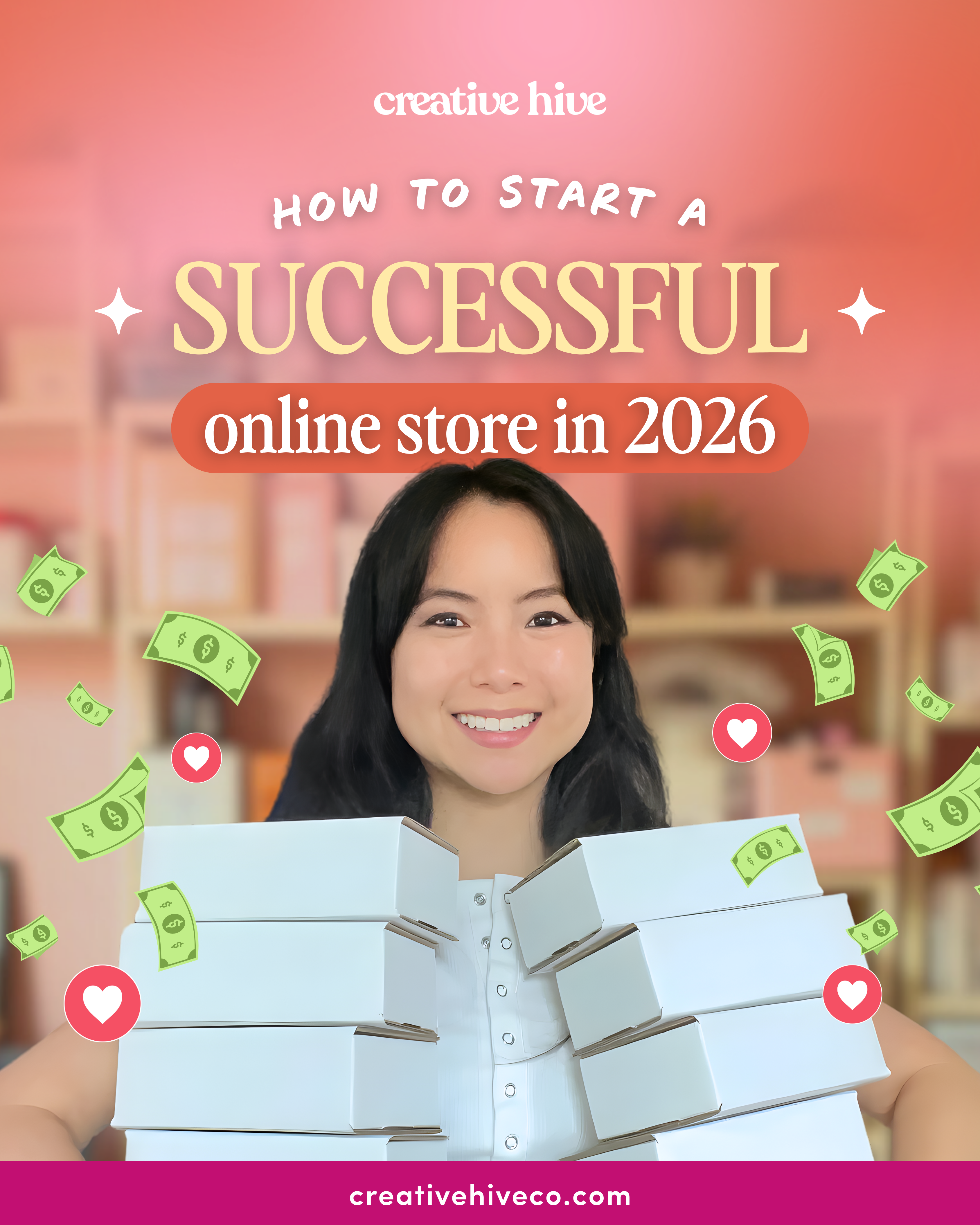
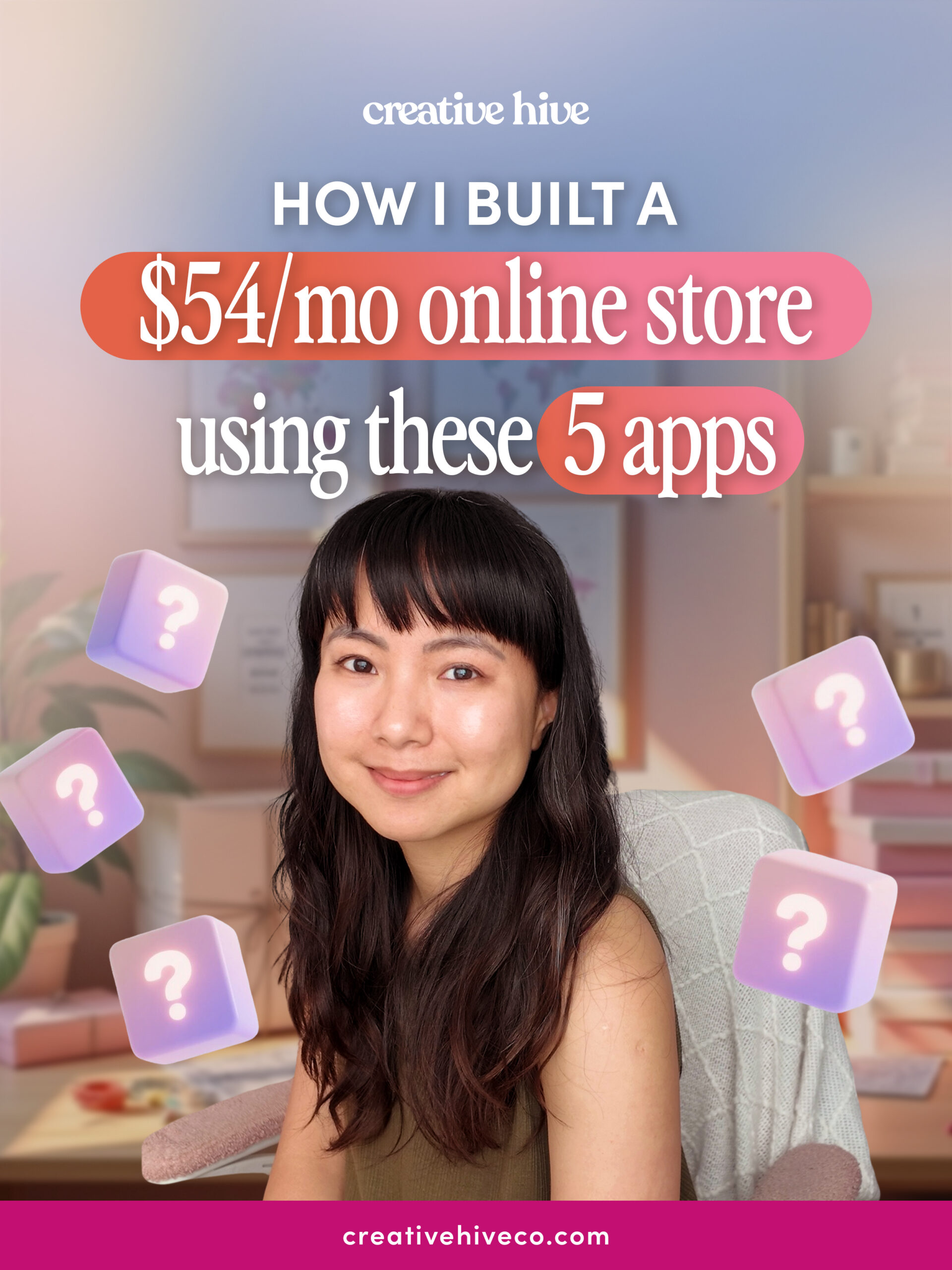
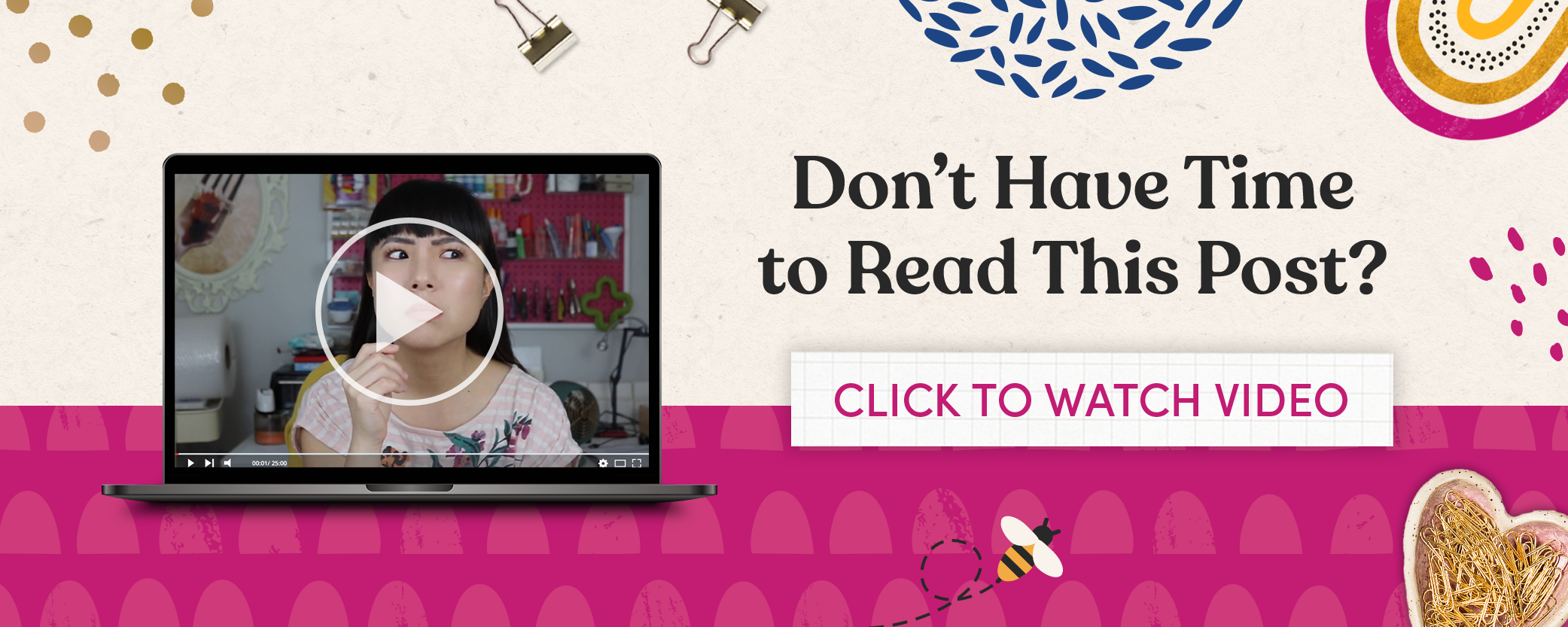
Great Advice, I need to work on streamlining and categorising my hashtags I think!
Thanks Mei!
I recently learned about this and really like it. I’ll tell my writing buddies about you and your articles. I appreciate your kindness. This article was just fantastic. Thank you for sharing this information.
There is no absolute maximum or minimum; numbers are relative. Whether or whether you can compete in more general hashtags depends on your specialization. Hashtags that have tens of thousands, or even hundreds of thousands, of postings are often effective.
Great help! Each and every point is valuable! Thanks🙏
Great advice, I definitely need to work on organizing and simplifying my hashtags!
Regards, Mei
Thank you so much for your advice . I will follow all the details to start making sales